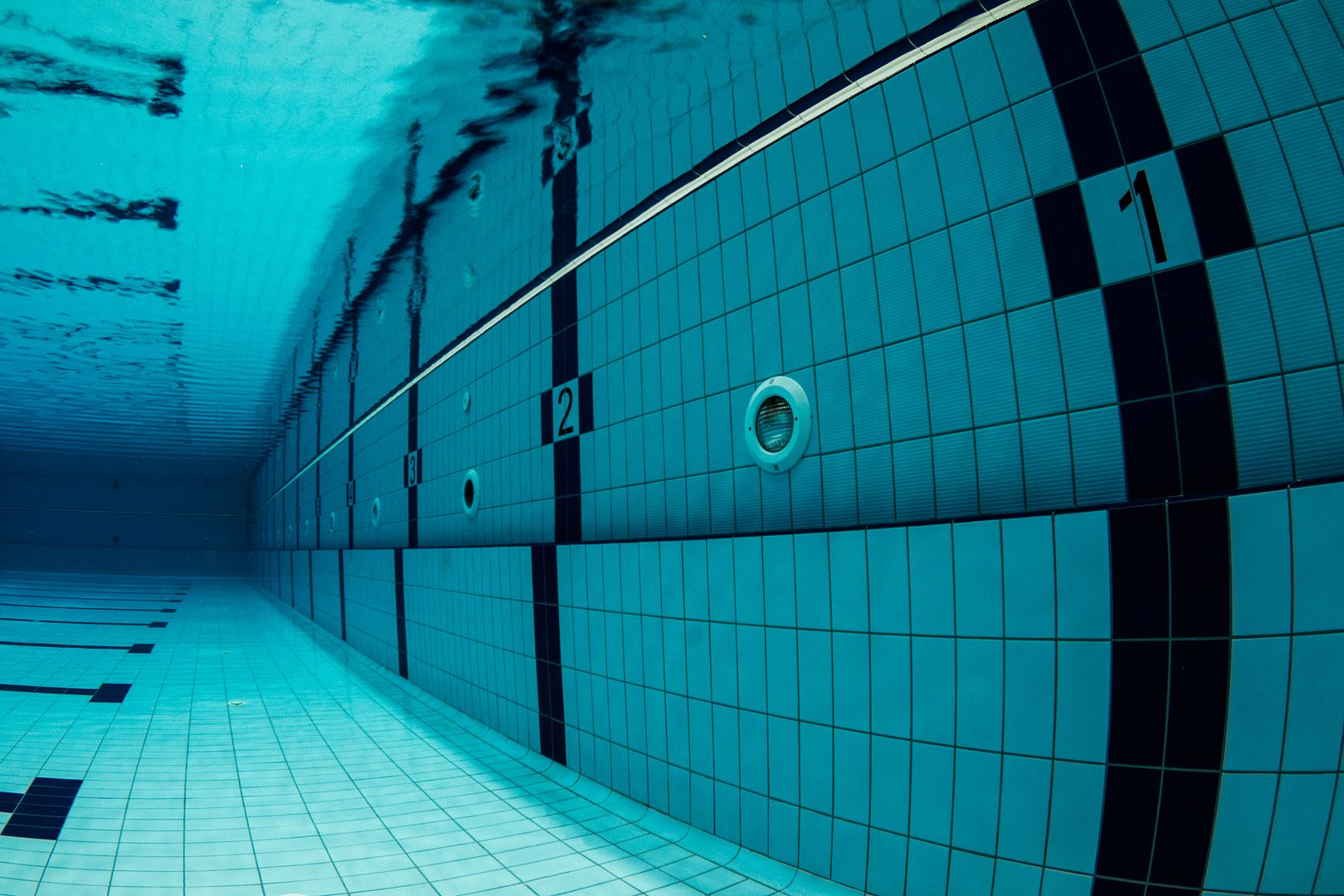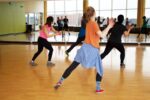Australian Study to Test Pool Walking for Non-motor Symptoms

UnderTheSea/Shutterstock
An upcoming Australian study will investigate the potential benefits of pool walking — walking in a swimming pool versus on land — to ease the non-motor symptoms of Parkinson’s disease.
The study’s main goal, according to its researcher, is to determine whether such aquatic walking can ease the sudden drop in blood pressure, called neurogenic orthostatic hypotension, that can occur when standing up from a sitting or laying down position.
Conducted at the University of the Sunshine Coast, known as USC, along Australia’s eastern coast, the study is recruiting adults with early stage Parkinson’s. It is being led by exercise physiologist Sarah Latif, who is working on her master’s thesis after a decade in private practice clinics.
“I spent 10 years using exercise to rehabilitate patients with a multitude of chronic and acute conditions and I’ve come back to university to learn more about exercise rehabilitation to improve community health and help prevent the progression of diseases like Parkinson’s,” Latif said in a university press release.
Up to 60 adults with early Parkinson’s (stage one or stage two in the Hoehn and Yahr rating scale) who have been diagnosed with neurogenic orthostatic hypotension are eligible to enroll.
Orthostatic hypotension is caused by the impaired release, upon standing, of the signaling molecule norepinephrine. Among other roles, norepinephrine is an important regulator of blood pressure. Patients with this condition often experience dizziness, lightheadedness, fatigue, and blurred vision, which can increase the risk of falls that may cause injury.
The condition is often underdiagnosed and can occur in up to 89% of all Parkinson’s cases. Even when orthostatic hypotension is diagnosed, however, Latif noted, the medications used to treat it can cause unwanted side effects that reduce patients’ quality of life.
“Parkinson’s is a neurological condition that’s becoming more common, and walking is recommended for patients. However, there is a knowledge gap for specific exercise measures and aquatic rehabilitation for non-motor symptoms such neurogenic orthostatic hypotension (low blood pressure on changing body position),” Latif said.
“This hypotension can cause dizziness, increased risk of falling, fatigue and neck/shoulder pain,” she added.
Participants in the study will do walking exercises in the USC pool and on a walking track three times a week. The exercises are planned to start in August and will continue for six months, followed by a three-month follow-up.
The study will evaluate whether pool walking works better than walking on land in easing orthostatic hypotension.
For enrollment and further information, email Latif at [email protected].
In addition to evaluating aquatic walking on orthostatic hypotension, the researcher plans to investigate the effects of walking in water, compared with track walking, on other non-motor symptoms of Parkinson’s.
“I will also investigate whether both types of walking alleviate anxiety, depression, sleeping disorders, fatigue, pain and apathy, which are other common non-motor symptoms of Parkinson’s disease that contribute to reduced quality of life,” Latif said.
Latif graduated in 2010 with a USC Bachelor of Sport and Exercise Science. Her project will be conducted under the supervision of Suzanne Broadbent, PhD, an associate professor of clinical exercise physiology at USC, and Sonja Coetzee, PhD, a university lecturer.








